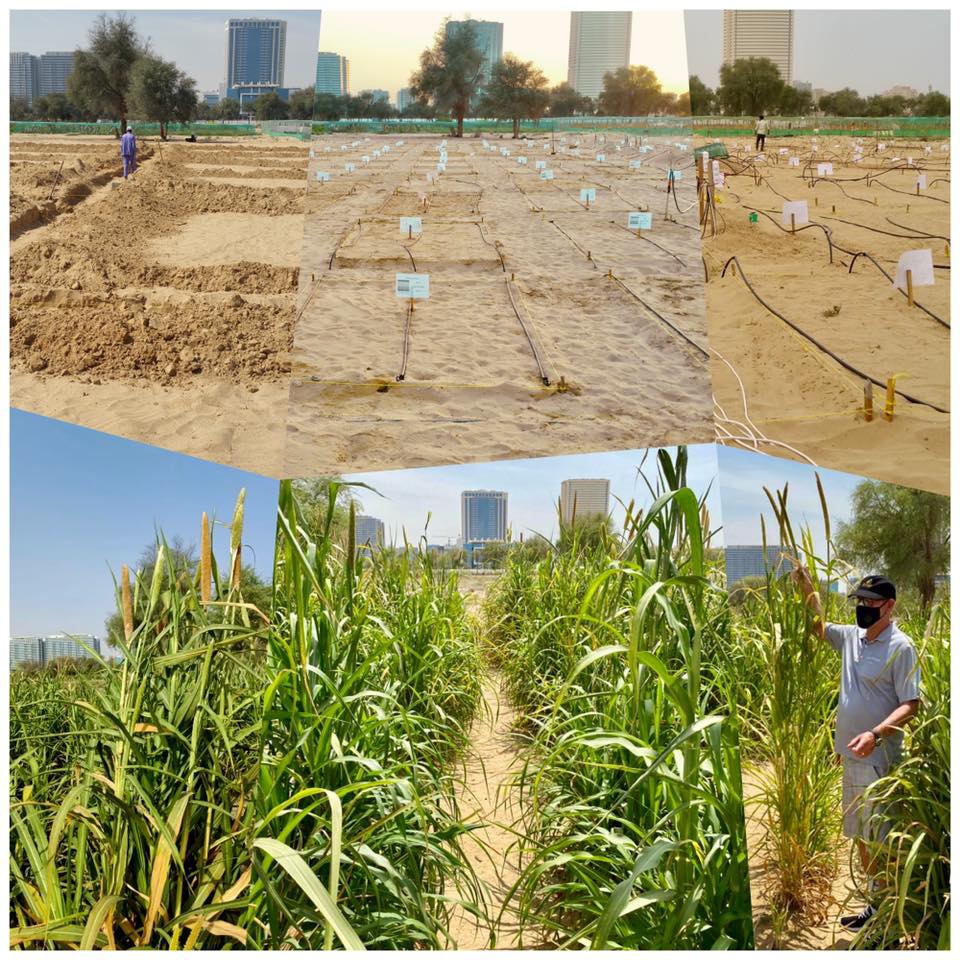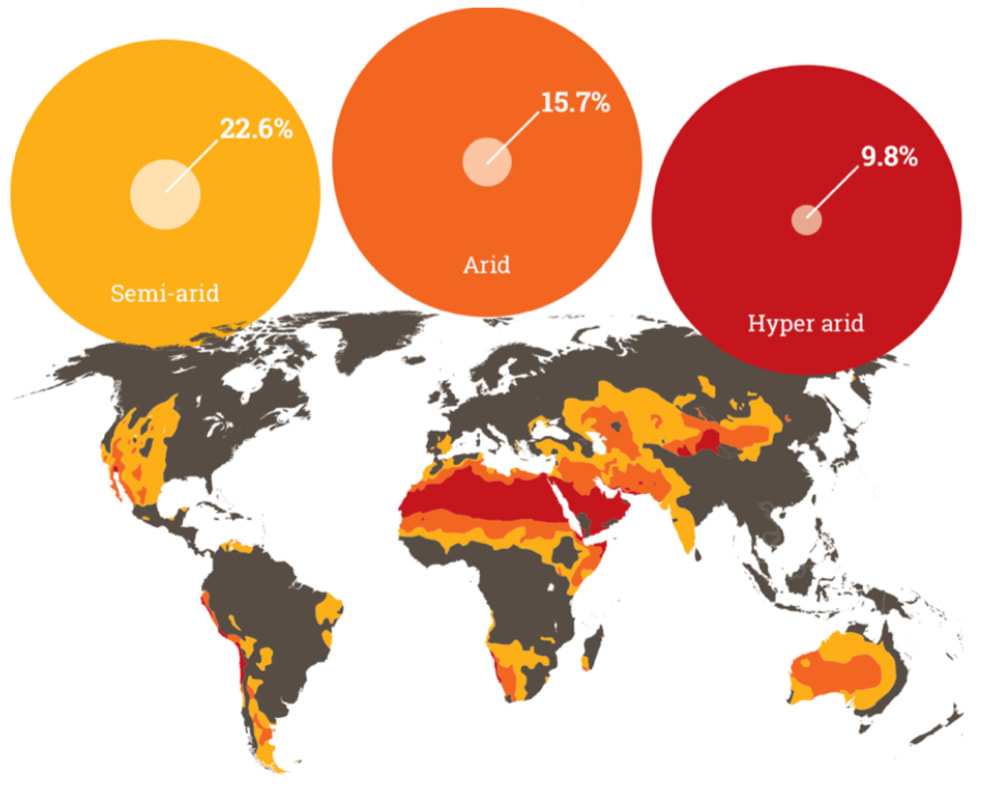12.09.2021
The Innovation Turning Desert Sand Into Farmland
By mixing clay nanoparticles with water and then bonding them to sand particles, the arid soil can be conditioned to bear fruit. Normal sand particles are very loose so they have a very low water retention capacity and that does not allow the soil to be fertile. Morten explains that when Liquid Nanoclay is added to the sand, these particles come together, which means that they can retain water for a long time increasing the possibility of agricultural yield. Liquid Nanoclay (LNC) is the name of the discovery of the Norwegian scientist Kristian Morten Olesen . With desertification on the rise globally, innovations that allow crops to flourish in arid areas could help shore up the food supply in many countries. Nanoclay was developed to tackle this global challenge. Low-tech clay has been used for millennia to improve soil conditions. Mixing it with dry soils can help them to retain more water, enabling crops planted in them to access more nutrients for healthy growth. Nanoclay binds to the dry soil it touches due to the negative charge carried by clay molecules and positive charge in the sandy soil molecules. This results in a clay layer around each particle of soil of around 200-300 nm in a snowflake-like formation. This increased surface area traps water in the soil and allows water and nutrients to chemically combine with the sandy soil before they run off from it. Credit: Mashable
Poverty deprives people of adequate education, health care and of life's most basic necessities- safe living conditions (including clean air and clean drinking water) and an adequate food supply. The developed (industrialized) countries today account for roughly 20 percent of the world's population but control about 80 percent of the world's wealth.
Poverty and pollution seem to operate in a vicious cycle that, so far, has been hard to break. Even in the developed nations, the gap between the rich and the poor is evident in their respective social and environmental conditions.
Poverty and pollution seem to operate in a vicious cycle that, so far, has been hard to break. Even in the developed nations, the gap between the rich and the poor is evident in their respective social and environmental conditions.











